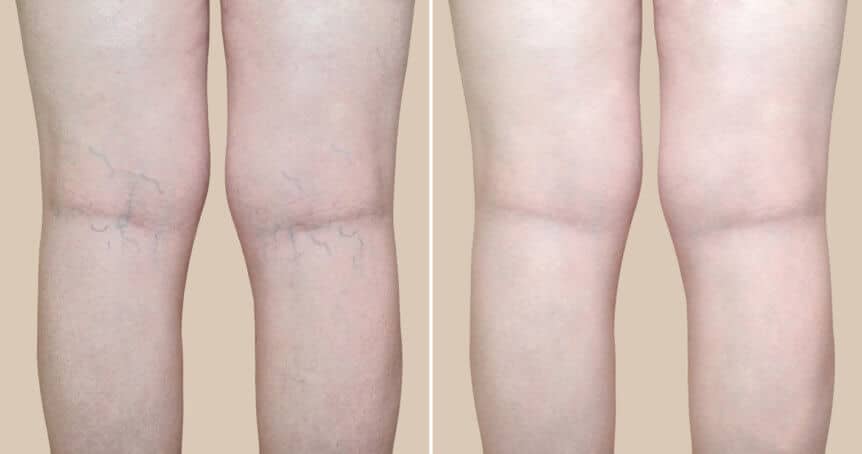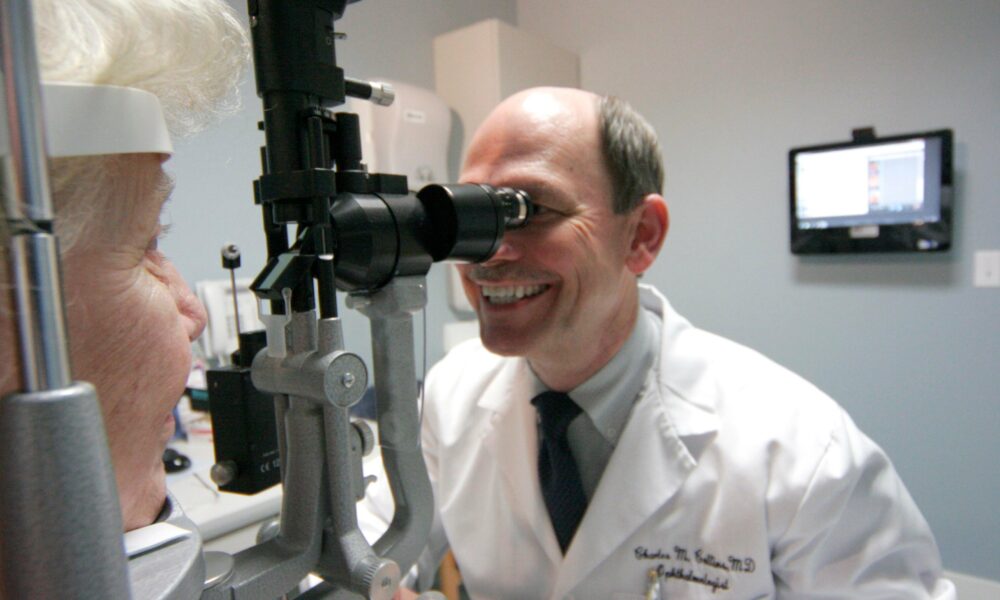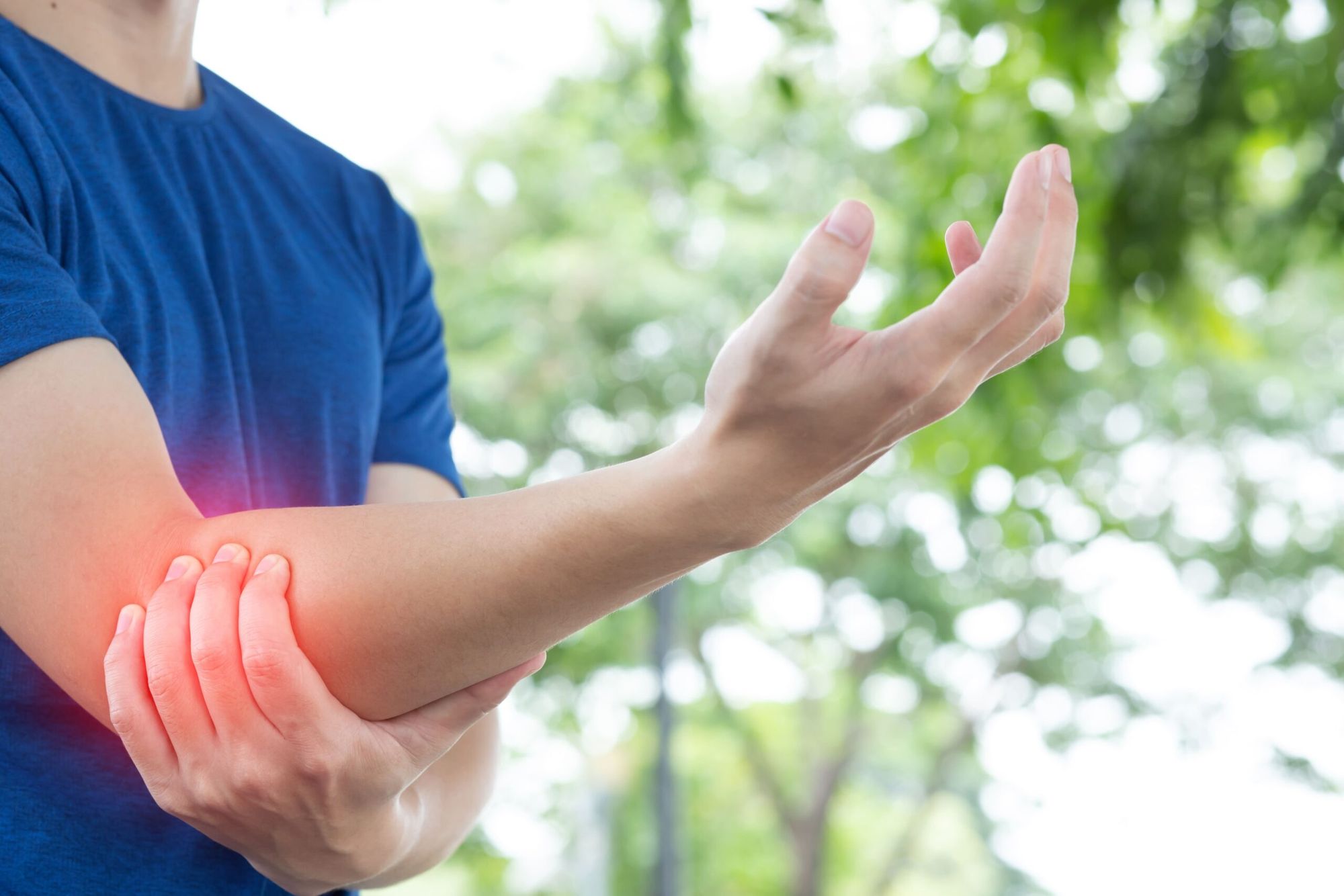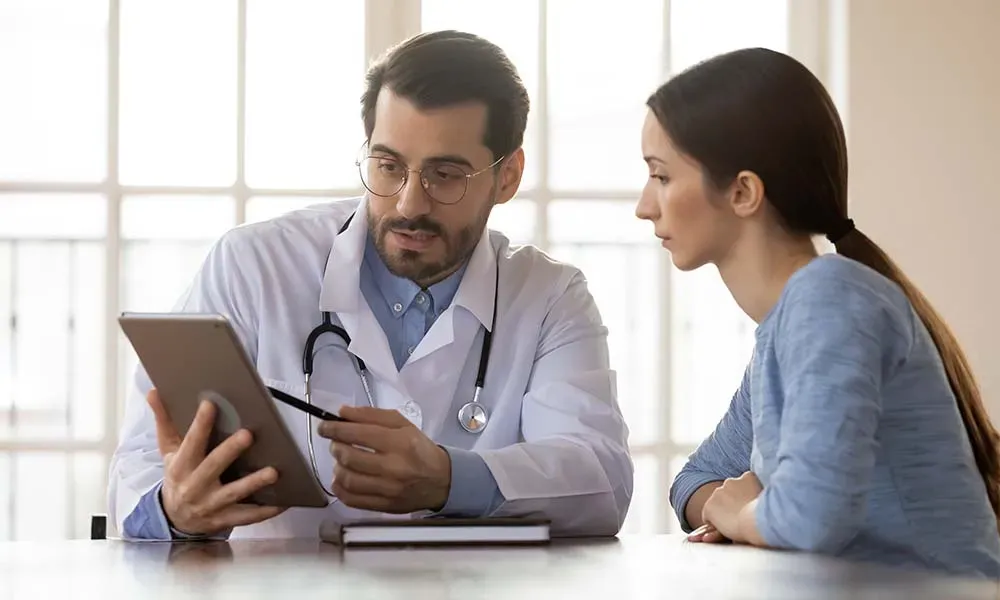You might be familiar with varicose veins, the twisted, rope-like, pigmented protrusions on your legs, but not spider veins. In reality, they are quite similar. The same circulatory system issue brings about Spider veins as varicose veins, but they appear in the tiny capillaries close to the skin’s surface, forming a web-like pattern. Get vein treatment in Newberry, SC.
How Spider Veins Form?
Spider veins are caused by the same issue as varicose veins. Your arteries transport oxygenated blood from your heart to the rest of your body, whereas your veins return deoxygenated blood to your heart. The blood must travel upward from the legs against the force of gravity, which is a struggle.
Your body has established two mechanisms to ensure the proper circulation of blood. First, the calf muscles contract to propel the blood forward. Second, all veins are equipped with one-way valves; once the blood has passed through each valve, it closes and prevents backflow. However, the valves can become compromised due to trauma or elevated pressure on the vein walls. When this occurs, blood can backtrack, gathering around the region of damage and increasing the vein’s pressure. The medical term for this condition is chronic venous insufficiency (CVI).
Due to the proximity of capillaries to the skin’s surface, when they get swollen with blood, they are readily visible and form a web of visible veins known as spider veins.
Are Spider Veins Dangerous?
The brief response is no, they are not. Although they may occasionally lead to itching, discomfort, or the sensation of “heavy” legs, they are primarily a cosmetic issue. However, numerous individuals are disturbed by their appearance and wish to eliminate them.
Sclerotherapy For Spider Veins
Sclerotherapy is the industry’s gold standard for fixing spider veins. Injecting saline or another solution straight into the affected vessels induces an immediate biological response. The sclerosant disturbs the vein membrane, resulting in dehydration and the eventual collapse of the veins. The vein tissue is then destroyed, and blood flow is redirected to healthier veins.
Most individuals require two or three rounds to collapse the vein completely. During your consultation, your physician will provide the precise number.
What to Anticipate Following Spider Vein Treatment?
Following treatment, you might encounter the following adverse effects:
- Itching lasting 1-2 days.
- Injection site inflammation and redness that subsides in a few days
- Bruising around the injection site for a number of days or weeks
- The formation of new blood vessels around a vein, which subsides after a few months.





